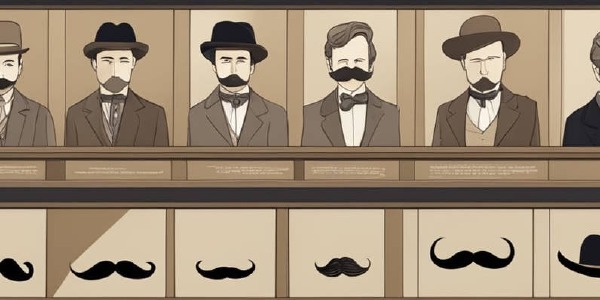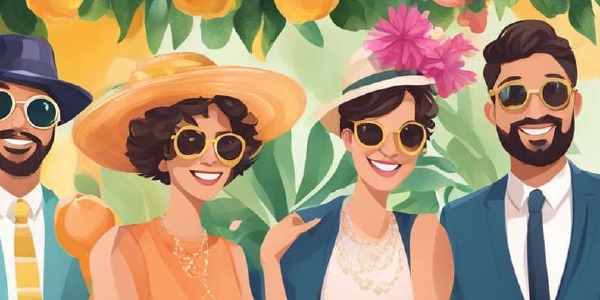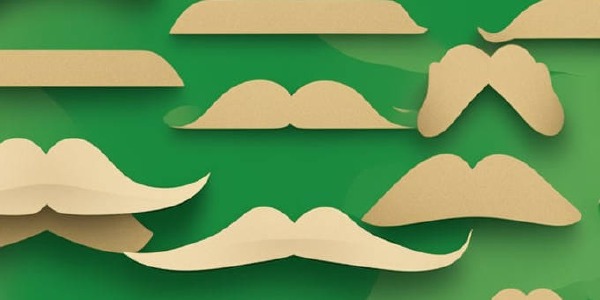The Psychology of Vintage Charm: Why Cardboard Mustaches Fascinate Us
Vintage charm has an undeniable allure that captivates many people, whether it's through clothing, decor, or even quirky accessories like cardboard mustaches. But why are we drawn to these vintage items? What is it about them that makes them so appealing to us? In this article, we will explore the psychology behind vintage charm and why it has such a powerful impact on our preferences, identity, and storytelling.
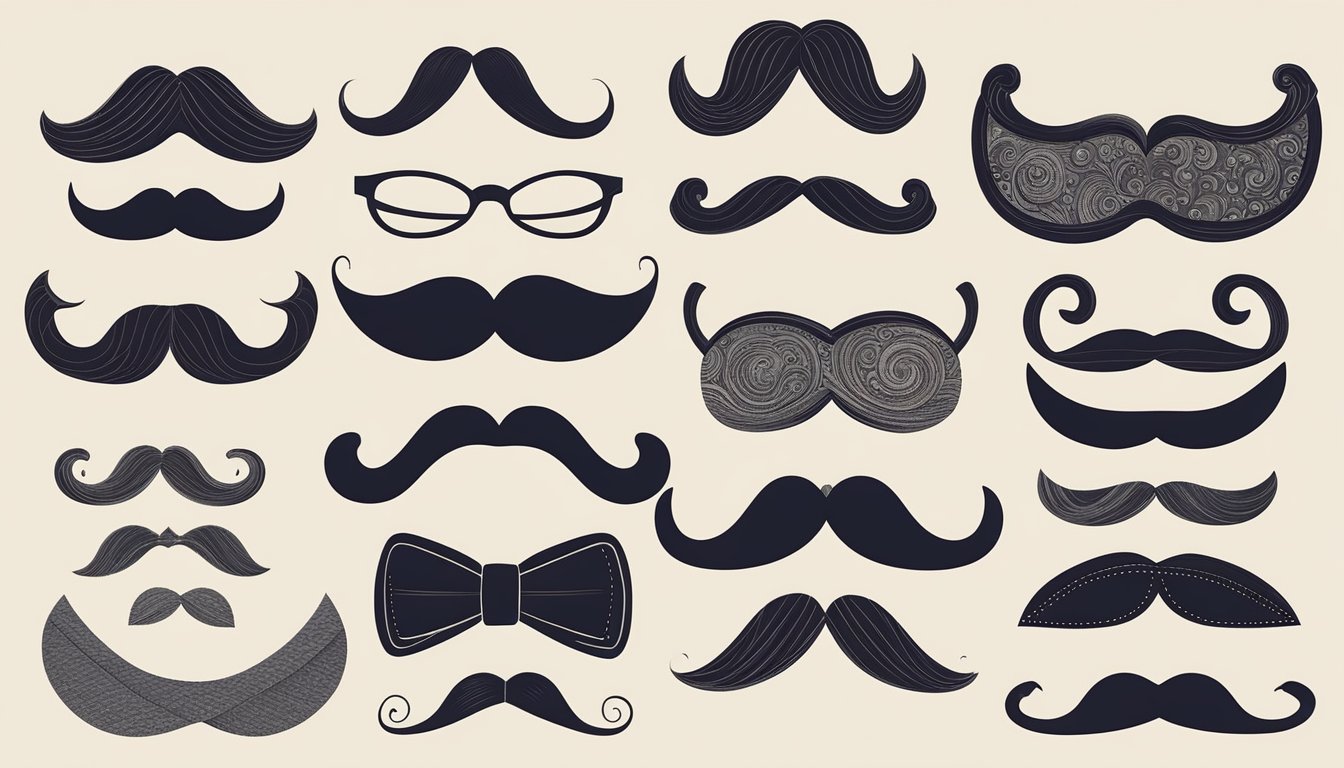
One reason vintage charm is so alluring is that it offers a sense of nostalgia and connection to the past. When we see or wear vintage items, we are reminded of a time gone by, and we may feel a sense of comfort or familiarity. Additionally, vintage items often have a unique character and quality that is not found in modern mass-produced items. This can make them feel more special and valuable to us.
The psychology behind vintage charm goes deeper than just nostalgia and uniqueness, however. Research has shown that our preferences are influenced by a variety of factors, including our personality, upbringing, and cultural background. Additionally, vintage items can play a role in shaping our identity and the way we present ourselves to the world. By exploring these topics, we can gain a better understanding of why vintage charm has such a powerful impact on us.
Key Takeaways
- Vintage charm offers a sense of nostalgia and connection to the past, which can make us feel comfortable and familiar.
- Our preferences for vintage items are influenced by a variety of factors, including our personality and cultural background.
- Vintage items can play a role in shaping our identity and the way we present ourselves to the world.
The Allure of Vintage Charm
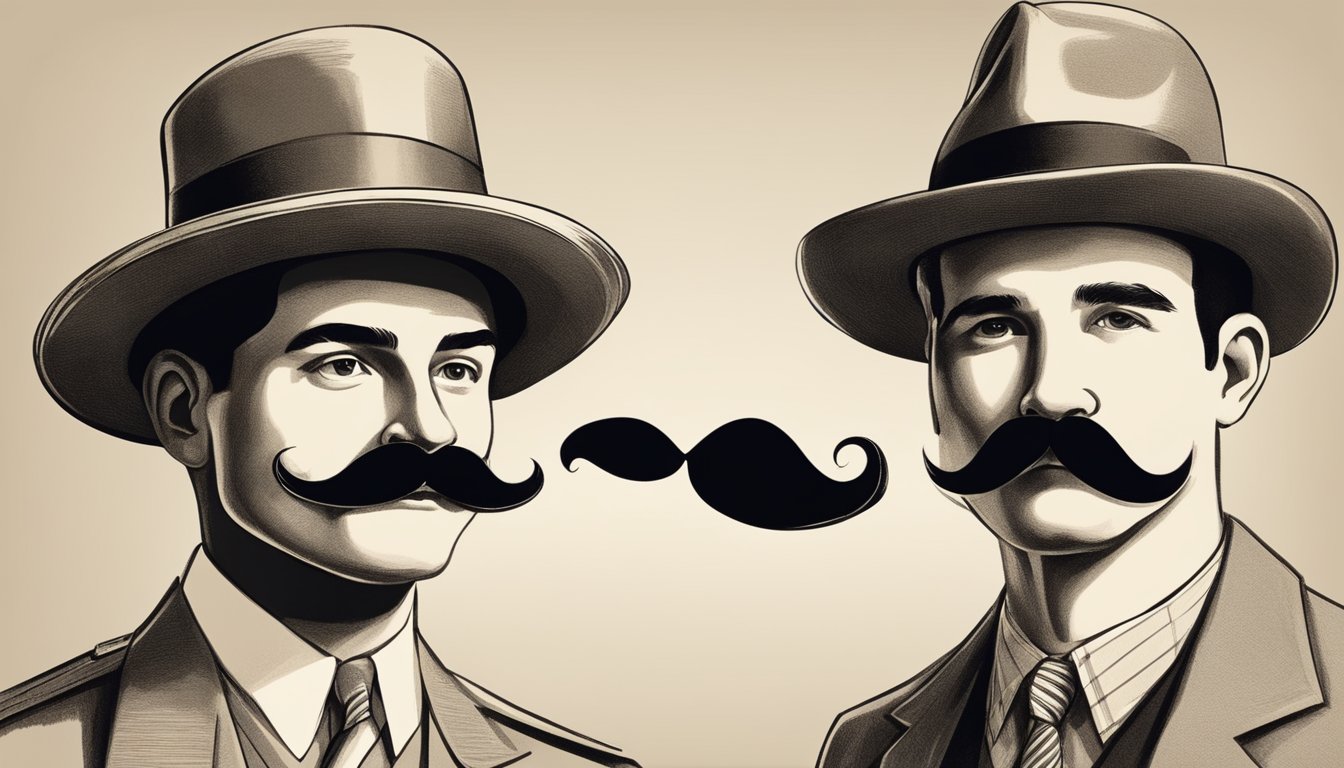
Vintage charm has become increasingly popular in recent years, with more and more people opting for retro-inspired looks. There is something about vintage charm that draws people in and keeps them coming back for more. In this section, we will explore the psychology behind the allure of vintage charm and why people are drawn to it.
Nostalgia and Continuity
One reason that vintage charm is so appealing is because it taps into our sense of nostalgia. Vintage items remind us of a simpler time and can evoke memories of our childhood or our parents' youth. The continuity of vintage charm also appeals to people - it represents a connection to the past and a link to previous generations.
Quality and Sustainability
Another reason that vintage charm is so appealing is because of its quality and sustainability. Vintage items were often made with higher quality materials and craftsmanship than many modern items. They were built to last and were often passed down from generation to generation. This sustainability aspect is also appealing to people who are concerned about the environment and reducing waste.
Individuality and One-Of-A-Kind Appeal
Finally, vintage charm has an individuality and one-of-a-kind appeal that is hard to replicate with modern items. Each vintage item has its own unique story and history, and wearing or displaying vintage items can give people a sense of individuality and uniqueness. This one-of-a-kind appeal is especially appealing to people who want to stand out from the crowd and express their own personal style.
In summary, the allure of vintage charm is multifaceted, tapping into people's sense of nostalgia, desire for quality and sustainability, and need for individuality and uniqueness. Whether it's a vintage clothing item, piece of jewelry, or quirky knick-knack, vintage charm has a timeless appeal that will continue to draw people in for years to come.
The Psychology Behind Preferences
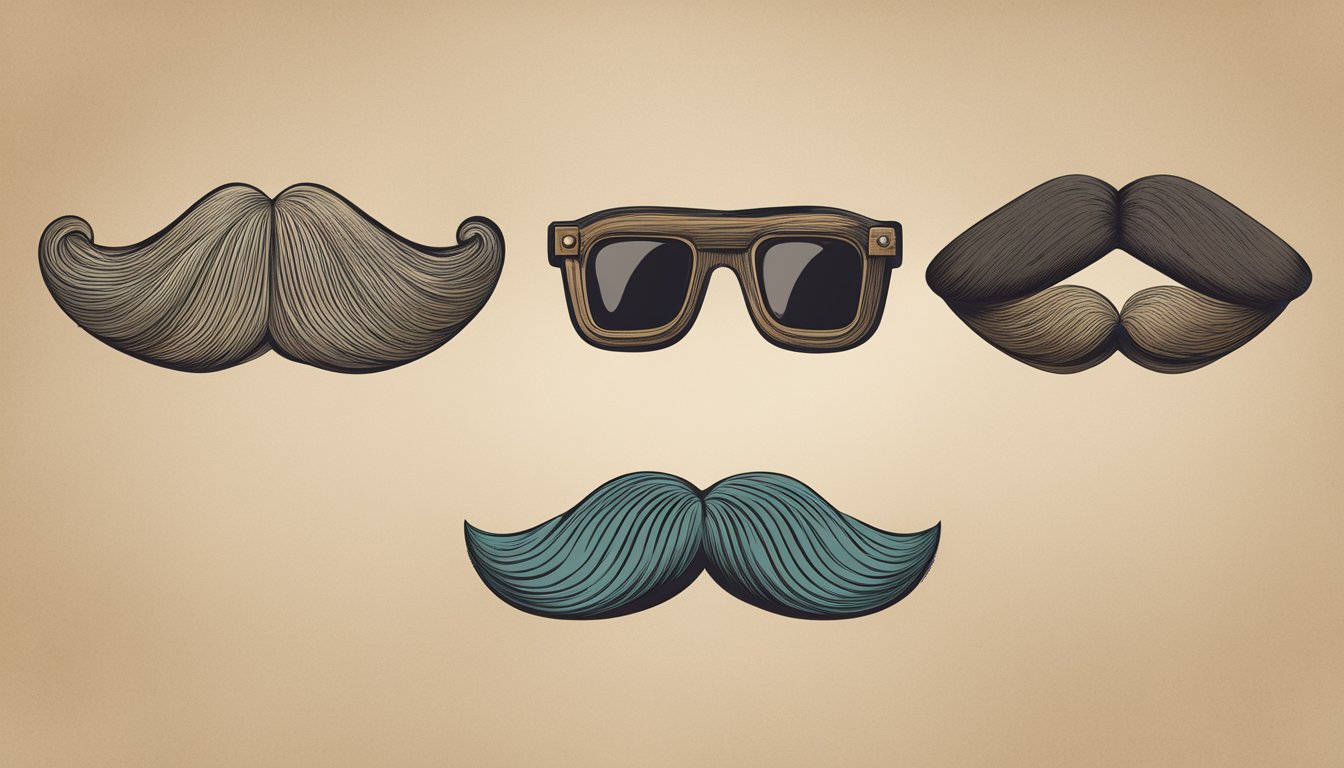
Preferences are an essential aspect of human behavior that drives people to choose one thing over another. The psychology behind preferences is complex and influenced by various factors, including personal history, familiarity, associations, balance, and comfort.
The Role of Personal History and Familiarity
Personal history and familiarity play a significant role in shaping people's preferences. People tend to prefer things that are familiar to them because they feel comfortable and safe. For example, someone who grew up in a home with vintage decor may feel more comfortable with vintage-style furniture and accessories than someone who did not grow up in that environment.
The Power of Associations
Associations are another critical factor that influences people's preferences. People tend to associate certain things with specific emotions or memories, which can shape their preferences. For example, someone who associates vintage clothing with happy memories from their childhood may be more likely to prefer vintage clothing over modern clothing.
The Influence of Balance and Comfort
Balance and comfort are also important factors that influence people's preferences. People tend to prefer things that feel balanced and comfortable to them. For example, someone who prefers vintage decor may also prefer a cozy and comfortable environment that feels welcoming and warm.
In conclusion, the psychology behind preferences is complex and influenced by various factors, including personal history, familiarity, associations, balance, and comfort. Understanding these factors can help explain why people are drawn to vintage charm and cardboard mustaches.
The Impact of Vintage on Identity and Personality
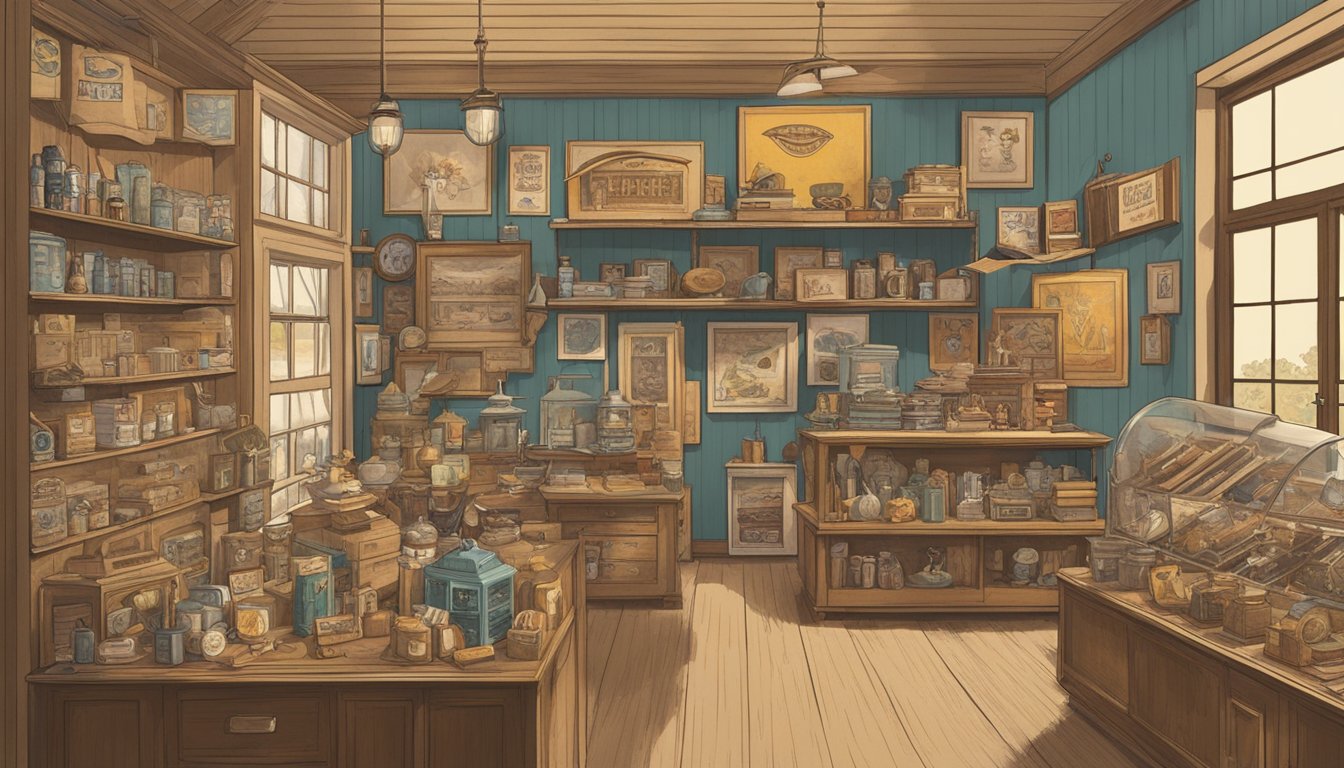
Vintage items have a unique charm that attracts people of all ages. The nostalgia associated with these items is known to have a psychological impact on people, especially on their identity and personality. In this section, we will explore the psychological impact of vintage on identity and personality.
The Connection to Success and Power
Vintage items are often associated with success and power. People who wear vintage clothing or decorate their homes with vintage items are perceived as successful and powerful. This perception is because vintage items represent a time when things were made to last, and people had a sense of pride in their possessions. The durability and quality of vintage items reflect a sense of success and power that people are drawn to.
The Link to Generosity and Moral Conviction
Vintage items are also linked to generosity and moral conviction. People who own vintage items are often seen as generous and morally upright. This perception is because vintage items are often associated with charity shops, thrift stores, and second-hand shops. People who buy from these stores are seen as generous because they are helping others by purchasing second-hand items. Additionally, vintage items often have a history and a story behind them, which adds to their appeal.
The Reflection of Individuality
Vintage items are also a reflection of individuality. People who own vintage items are seen as unique and individualistic. This perception is because vintage items are often one-of-a-kind and cannot be replicated. People who own vintage items are seen as having a sense of style and taste that is different from the mainstream. This sense of individuality is appealing to many people, and it is why vintage items have become so popular in recent years.
In conclusion, vintage items have a significant psychological impact on people's identity and personality. They are linked to success, power, generosity, moral conviction, and individuality. People who own vintage items are perceived as successful, powerful, generous, morally upright, and individualistic. The nostalgia associated with vintage items is a powerful force that attracts people of all ages.
The Role of Vintage in Storytelling and Branding
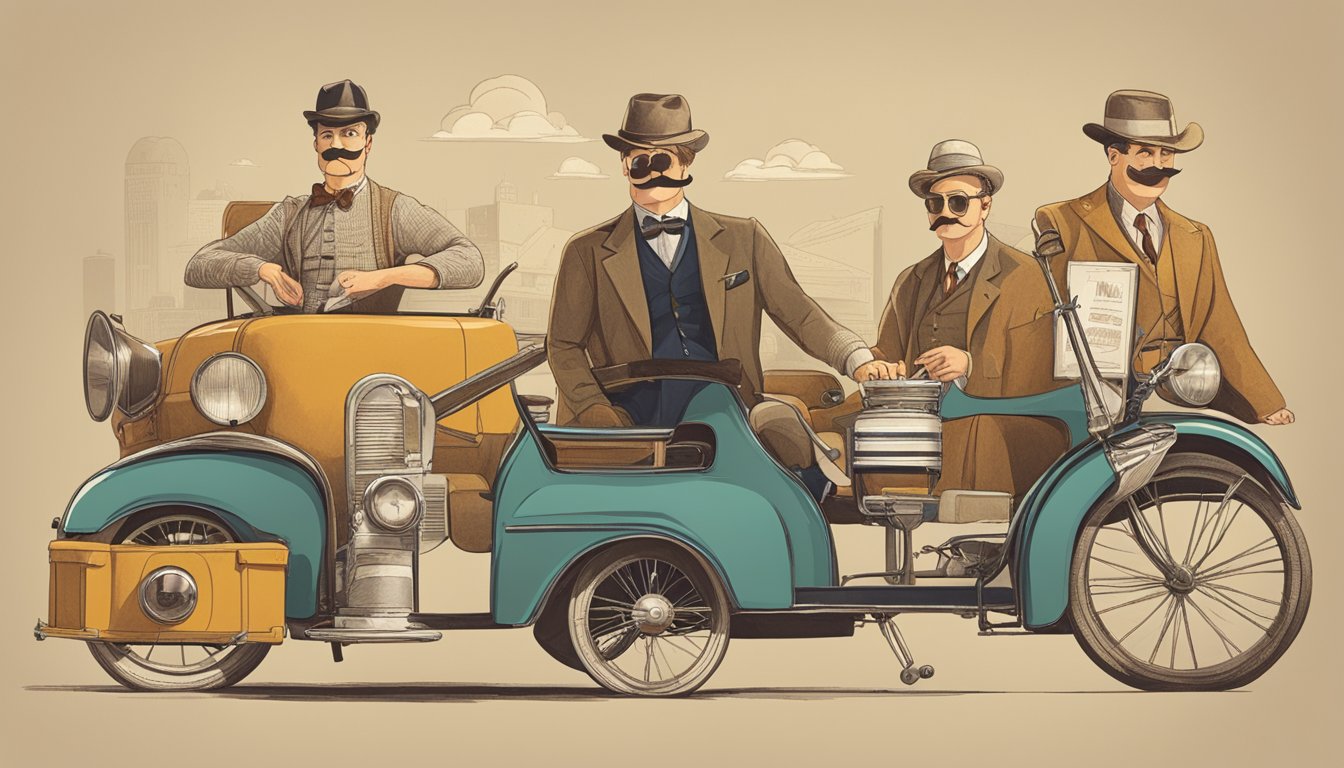
Vintage and the Art of Storytelling
The use of vintage elements in storytelling has become increasingly popular in recent years. This is because vintage items, such as clothing, furniture, and other objects, have a certain charm and appeal that resonates with people across all generations. When used in storytelling, vintage elements can help to create a sense of nostalgia and familiarity, which can be very powerful in engaging audiences.
In addition to creating a sense of nostalgia, vintage elements can also help to create a sense of authenticity in storytelling. This is because vintage items are often associated with a particular time period or era, and can help to transport audiences to that time and place. This can be especially effective in historical or period pieces, where vintage elements can help to create a more immersive experience for audiences.
Vintage as a Branding Strategy
Vintage elements can also be used effectively in branding. This is because vintage items are often associated with quality, durability, and timelessness. When used in branding, vintage elements can help to convey these same qualities to consumers, which can be very effective in building brand loyalty and trust.
Vintage branding can be especially effective for companies that are looking to differentiate themselves from their competitors. By incorporating vintage elements into their branding, companies can create a unique and distinctive brand identity that sets them apart from other companies in their industry.
In addition to building brand loyalty and differentiation, vintage branding can also be very effective in attracting new customers. This is because vintage elements can be very appealing to consumers who are looking for something that is unique, authentic, and timeless.
Overall, the use of vintage elements in storytelling and branding can be very effective in engaging audiences, building brand loyalty, and attracting new customers. As such, it is no surprise that many CEOs and marketing professionals are turning to vintage elements as a key part of their branding and storytelling strategies.
The Influence of Vintage Icons
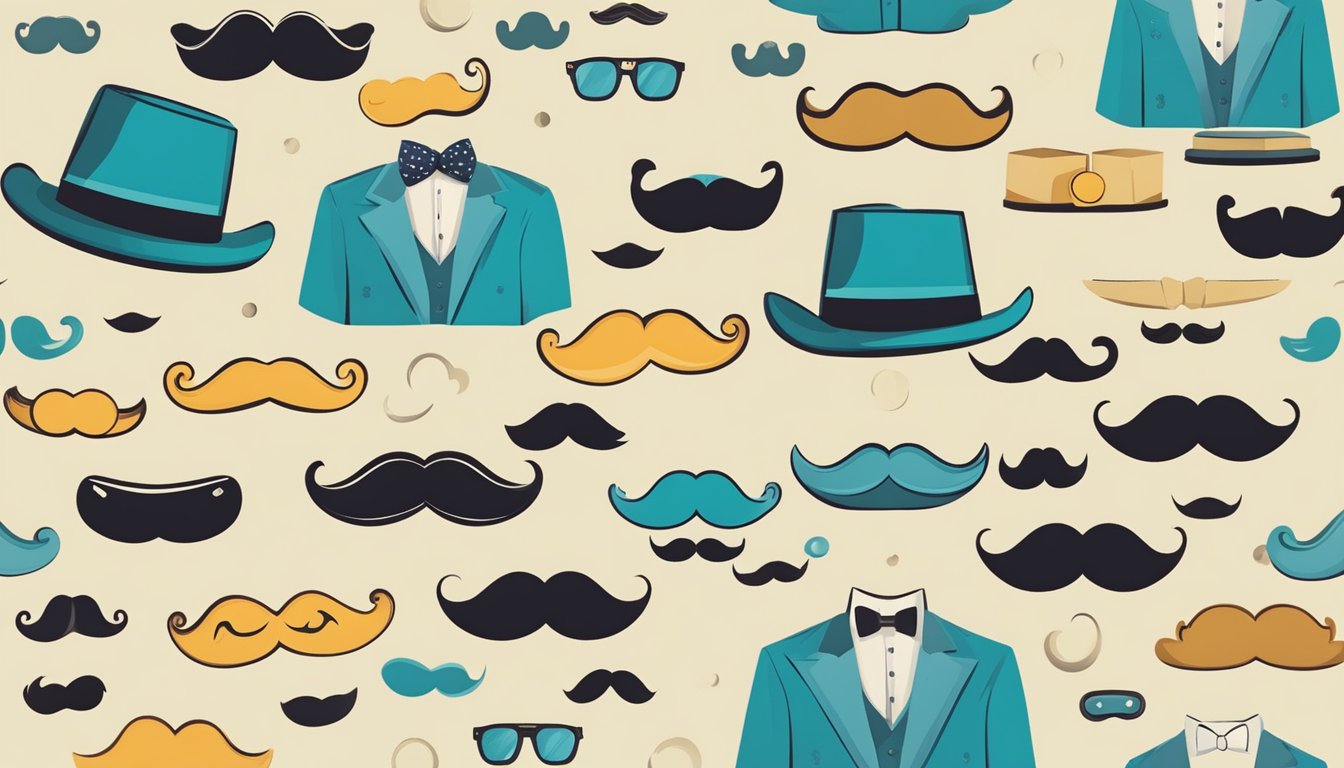
Vintage icons have a significant impact on the fashion industry and the way people perceive style. These icons have a timeless charm that has influenced fashion trends for decades. In this section, we will explore some of the most influential vintage icons and their impact on fashion and style.
Marilyn Monroe: The Vintage Fashion Icon
Marilyn Monroe is one of the most iconic vintage fashion icons. She was known for her feminine, sensual style and her signature red lips. Her style was characterized by figure-hugging dresses, high heels, and statement jewelry. Marilyn's style has influenced many fashion trends, including the iconic little black dress.
Audrey Hepburn: Elegance, grace, and timeless beauty
Audrey Hepburn is another vintage icon who has influenced fashion and style. Her elegant, graceful style was characterized by simple, classic pieces such as the little black dress, tailored pants, and ballet flats. Audrey's style has become synonymous with timeless beauty and has influenced many fashion trends over the years.
Charlie Chaplin: An iconic character in the early film
Charlie Chaplin is an iconic character in the early film industry. His signature mustache and bowler hat have become synonymous with vintage style. Charlie's style was characterized by tailored suits, bow ties, and wingtip shoes. His influence on vintage fashion is still evident today in the form of vintage-inspired suits and accessories.
Frank Sinatra: A distinctive voice, charm, and style
Frank Sinatra was known for his distinctive voice, charm, and style. His style was characterized by tailored suits, fedoras, and loafers. Frank's influence on fashion and style is still evident today in the form of vintage-inspired suits and accessories.
In conclusion, vintage icons have had a significant impact on fashion and style. Their timeless charm has influenced fashion trends for decades and continues to do so today. Marilyn Monroe, Audrey Hepburn, Charlie Chaplin, and Frank Sinatra are just a few examples of vintage icons who have left a lasting impression on fashion and style.
Conclusion
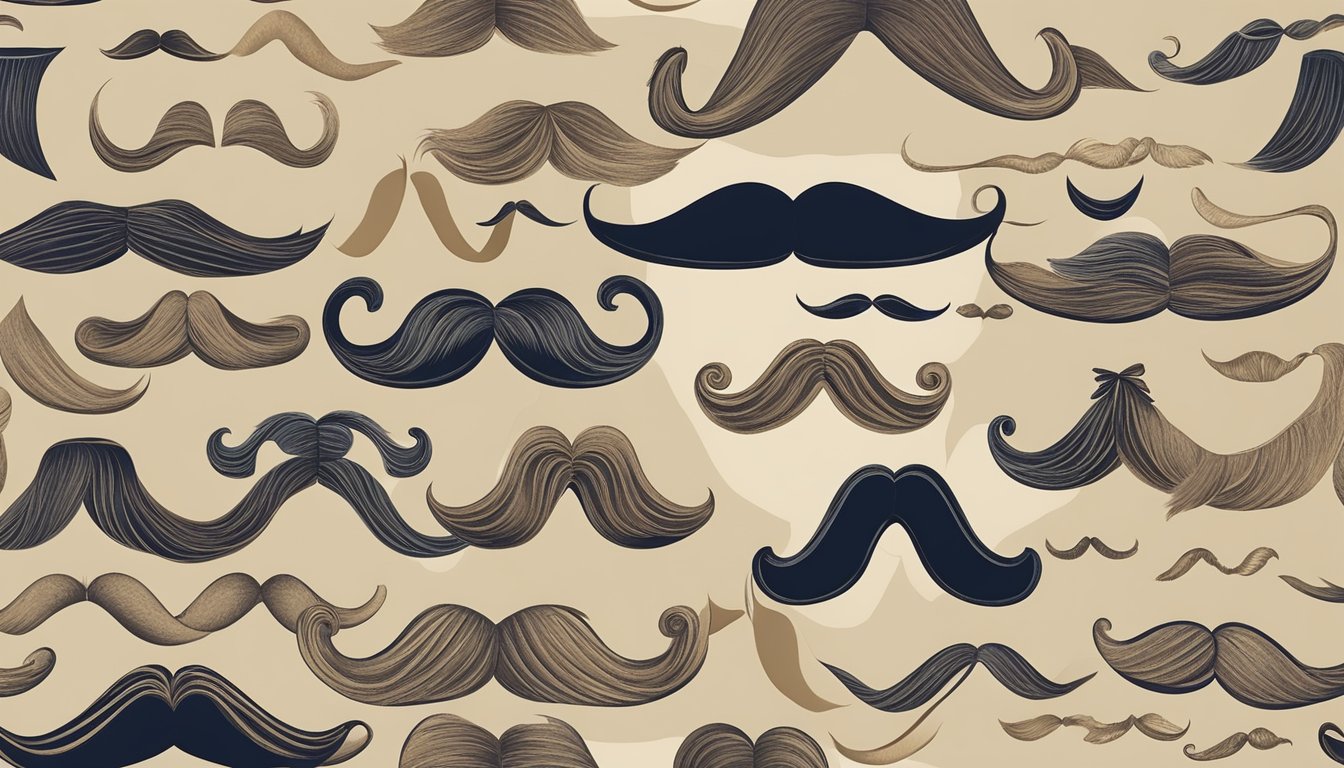
In conclusion, the psychology of vintage charm is a complex and multifaceted topic that has been studied by psychologists, sociologists, and historians alike. The allure of vintage objects and aesthetics can be attributed to a variety of factors, including nostalgia, cultural significance, and aesthetic appeal.
Research has shown that nostalgia can serve a variety of psychological functions, including boosting mood, increasing a sense of social connectedness, and providing a sense of continuity and meaning in life. This may explain why individuals are drawn to vintage objects that remind them of a simpler time, or a time when they felt more connected to their community or culture.
Additionally, vintage objects often carry cultural significance and historical value, which can make them more appealing to collectors and enthusiasts. For example, antique furniture may be valued not only for its aesthetic appeal, but also for its historical significance and cultural relevance.
Finally, the aesthetic appeal of vintage objects cannot be overlooked. Vintage objects often have a unique charm and character that is difficult to replicate with modern design. This may be due to the use of natural materials, handcrafted techniques, or simply the passage of time.
Overall, the psychology of vintage charm is a fascinating and complex topic that warrants further exploration. By understanding the factors that contribute to our attraction to vintage objects, we can gain a deeper appreciation for the objects themselves and the cultural significance they represent.
Frequently Asked Questions
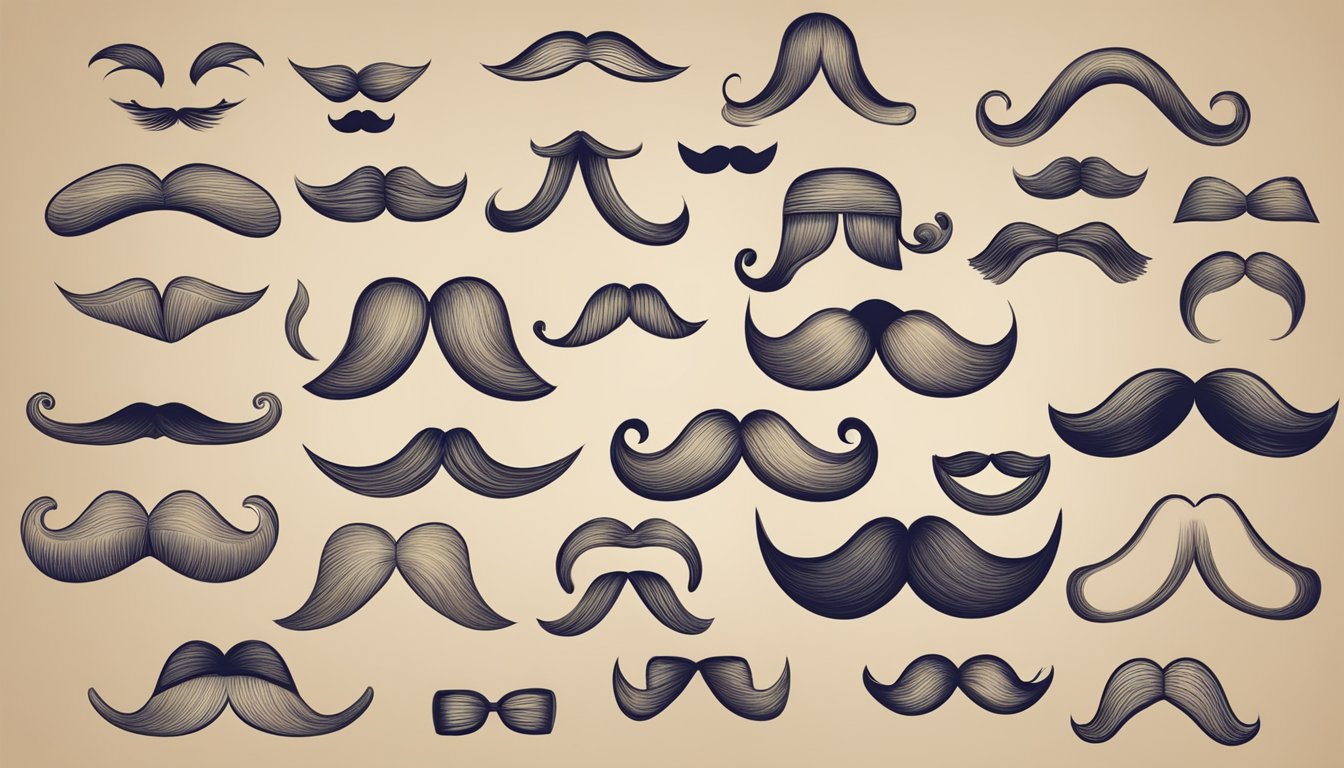
What is the meaning behind the moustache effect on jeans?
The moustache effect on jeans refers to the creases that form around the crotch area of a pair of jeans after they have been worn for a while. This effect is called the moustache effect because the creases resemble a handlebar mustache. The moustache effect is caused by the fabric rubbing against itself as the wearer moves, creating friction and eventually causing the creases to form.
What is the history behind the handlebar mustache?
The handlebar mustache has a long and varied history, with different cultures and time periods associating it with different meanings. In the late 19th and early 20th centuries, the handlebar mustache was a popular symbol of masculinity and power, often worn by military officers and other authority figures. In recent years, the handlebar mustache has experienced a resurgence in popularity, with many people adopting the style as a way to express their individuality and stand out from the crowd.
Why do some people find mustaches attractive?
Some people find mustaches attractive because they associate them with masculinity, power, and confidence. Mustaches can also be seen as a sign of maturity and experience, which can be appealing to some people. Additionally, mustaches can be a way for people to express their individuality and stand out from the crowd, which can be attractive in its own right.
What is the symbolism behind a moustache?
The symbolism behind a mustache can vary depending on the culture and time period in question. In some cultures, mustaches are associated with masculinity, power, and authority, while in others they may be seen as a sign of wisdom or experience. In recent years, mustaches have also become associated with individuality and rebellion, with many people adopting the style as a way to express their unique personality and stand out from the crowd.
Why were people historically obsessed with mustaches?
People have been historically obsessed with mustaches for a variety of reasons. In some cultures, mustaches were seen as a sign of masculinity, power, and authority, and were often worn by military officers and other authority figures. In other cultures, mustaches were associated with wisdom and experience, and were often worn by scholars and other learned individuals. Additionally, mustaches have long been a way for people to express their individuality and stand out from the crowd, which can be a powerful motivator for some.
What does a mustache say about a person's personality?
The personality traits associated with a mustache can vary depending on the culture and time period in question. In some cultures, mustaches are associated with masculinity, power, and authority, while in others they may be seen as a sign of wisdom or experience. Additionally, mustaches can be a way for people to express their individuality and stand out from the crowd, which can be a sign of confidence and independence. Ultimately, the meaning behind a mustache is largely dependent on the individual wearing it and the context in which it is worn.


